
Roots
The story of hair within Black communities stretches back through generations, a deep well of heritage and personal expression. It is a story told not only through intricate styles and careful regimens but also through the quiet hum of commerce that has always surrounded it. To understand the economic impact of hair care practices, one must first look to the very structure of textured hair itself, a unique biological canvas that has shaped traditions and markets alike. This foundational knowledge allows us to see how something so personal can carry such significant financial weight.
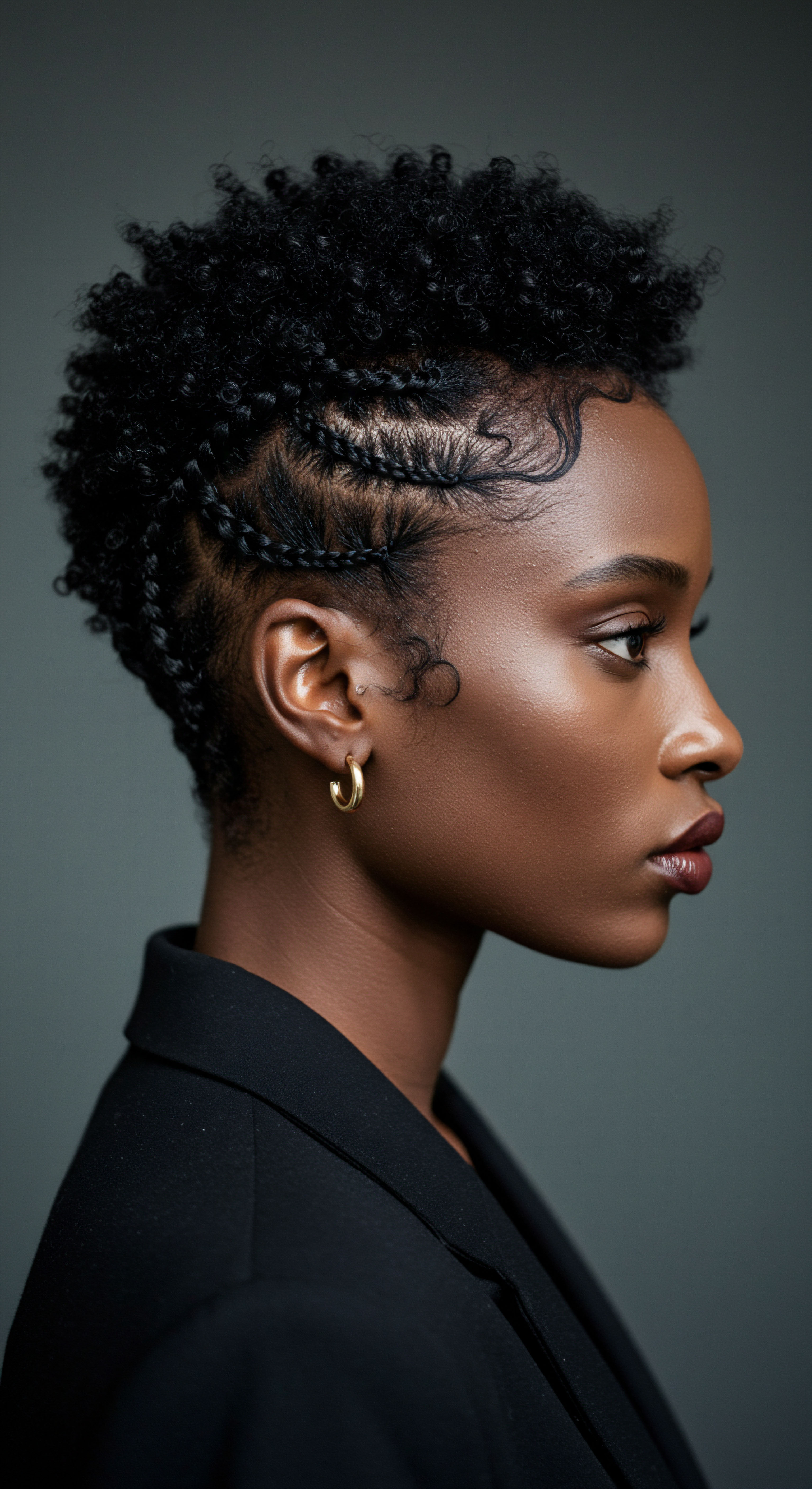
The Architecture of Textured Hair
Textured hair, with its remarkable spectrum of coils, curls, and waves, possesses an inherent structure that sets it apart. Unlike straight strands, which often have a round cross-section, textured hair typically exhibits an elliptical or even flattened shape. This structural distinction influences everything from how light reflects off the strand to its propensity for moisture retention.
The twists and turns along a coily hair shaft create natural points of fragility, places where the strand is more susceptible to breakage. This unique architecture means that hair care practices for textured hair are not merely aesthetic choices; they are acts of preservation, designed to maintain integrity and vitality.
Understanding the specific needs arising from this anatomy has given rise to a specialized lexicon and an entire industry. Terms like Porosity, the hair’s ability to absorb and hold moisture, or Elasticity, its capacity to stretch and return to its original state, are not just scientific descriptors. They are guiding principles for product development and consumer education. When a person seeks out a conditioner for low porosity hair or a styling cream for high elasticity, they are engaging with a market built upon these fundamental biological realities.
The distinct physical qualities of textured hair have always informed the specialized care it requires, shaping consumer choices and product innovation.
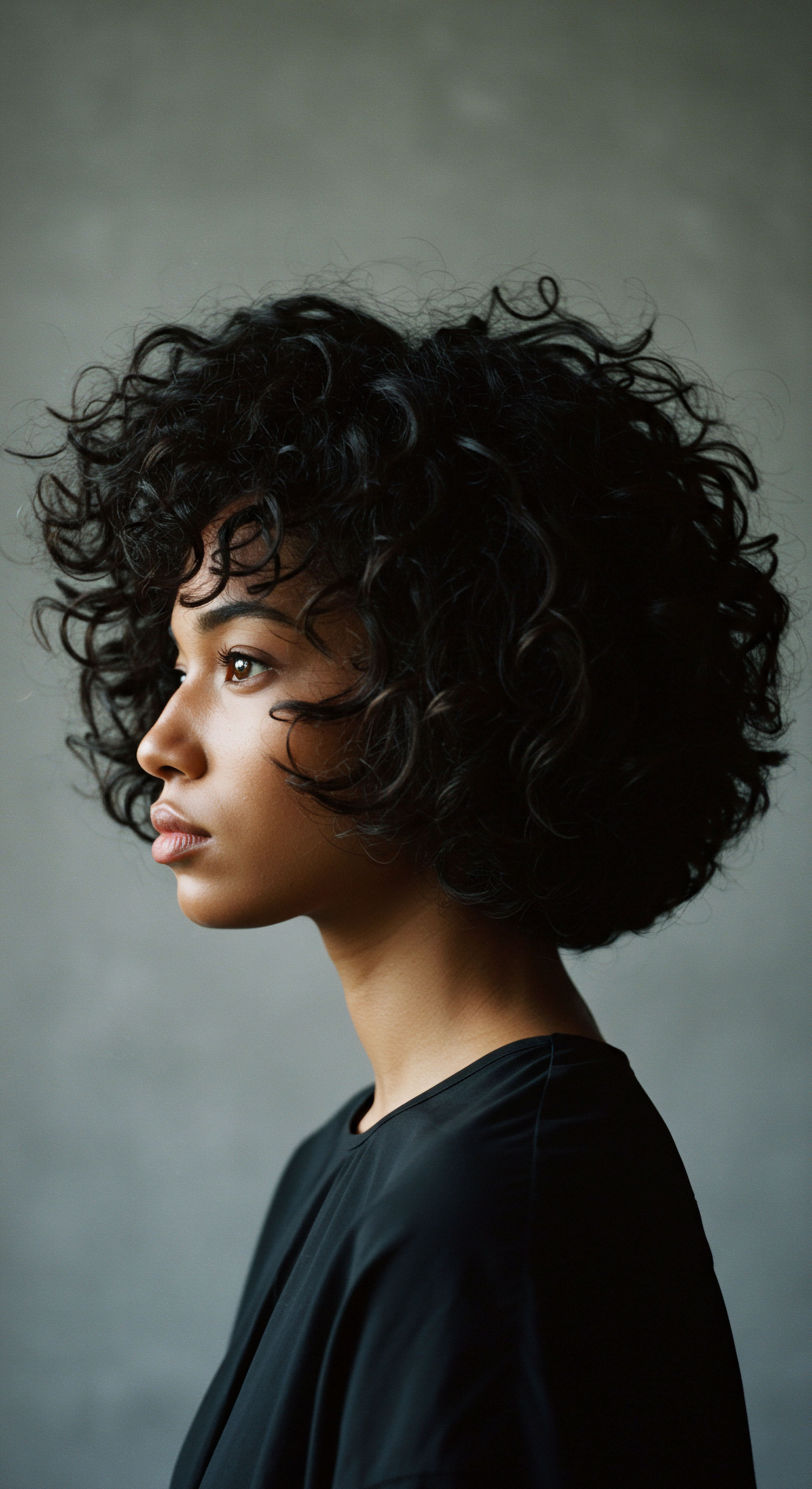
Early Market Responses and Classification
Historically, the market’s response to textured hair was often inadequate, if not actively detrimental. For centuries, prevailing beauty standards favored straight hair, pushing many Black individuals towards chemical relaxers and heat styling to conform. This created an initial economic segment focused on alteration, with products designed to chemically straighten curls. The rise of figures like Madam C.J.
Walker, a pioneer in the early 20th century, demonstrated the immense economic potential within Black hair care. She built an empire not just on products, but on a system of distribution and education, creating economic opportunities for Black women as agents and stylists. Her success, though sometimes debated for its promotion of straightened styles, clearly showed the deep demand for hair solutions within the community.
The development of hair classification systems, such as the widely recognized Andre Walker typing system (though often critiqued for its limitations), also played a role in shaping consumer understanding and market segmentation. While no single system fully captures the vast diversity of textured hair, these classifications, whether formal or informal, helped consumers identify with specific hair types and seek out products marketed directly to those needs. This segmentation, however imperfect, laid groundwork for specialized product lines and niche markets.
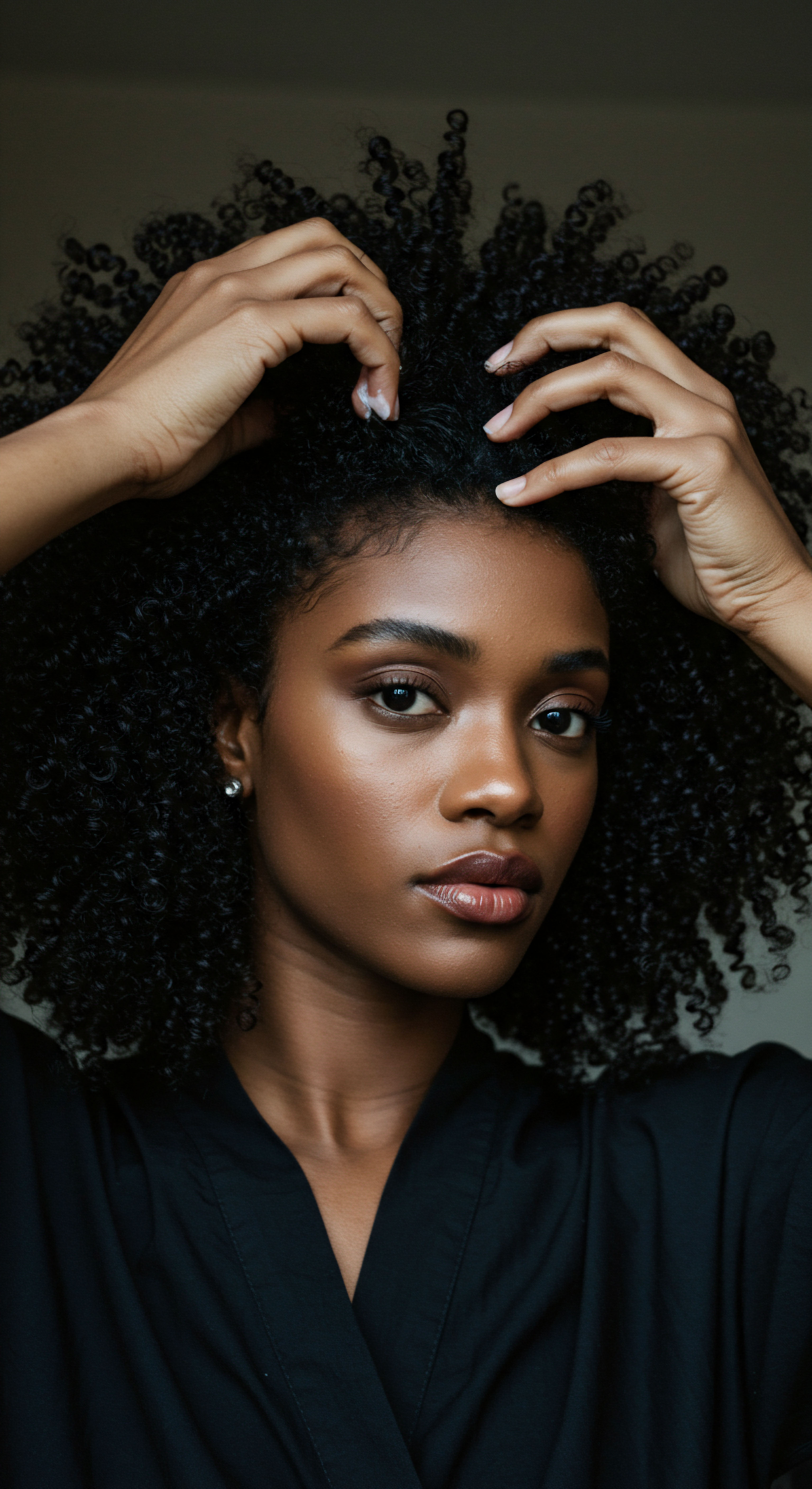
The Cycles of Hair and Commerce
Hair growth cycles, the continuous process of strands growing, resting, and shedding, also influence the economic landscape. The need for consistent care across these cycles drives recurring purchases of shampoos, conditioners, treatments, and styling aids. For textured hair, which can be more prone to dryness and breakage, the emphasis on moisture and protein balance means a steady demand for specific ingredient profiles. This ongoing need creates a stable consumer base, supporting a continuous cycle of product consumption.
The shift towards celebrating natural hair, a significant cultural movement in recent decades, has profoundly reshaped this economic cycle. It moved consumer focus away from chemical alteration and towards products that enhance and maintain natural curl patterns. This cultural shift directly influenced product development, leading to an explosion of brands specializing in sulfate-free cleansers, rich conditioners, and curl-defining creams. This transformation within consumer preference demonstrates how cultural identity and personal affirmation can directly steer market forces, creating new economic avenues and redefining existing ones.
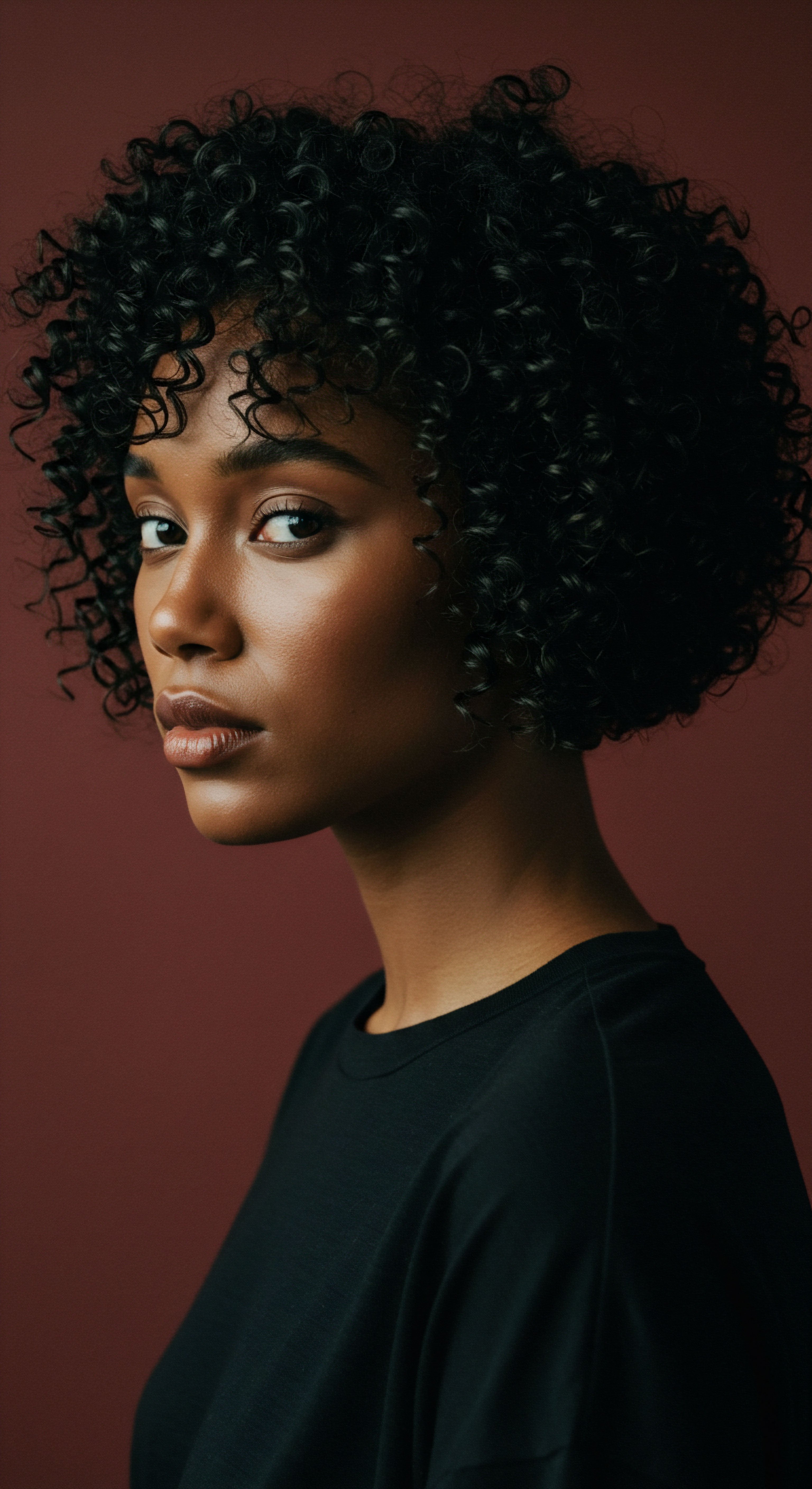
Ritual
Stepping from the foundational understanding of textured hair, we now arrive at the daily and periodic practices that shape its life. Hair care for Black communities is more than a routine; it is a ritual, a set of deliberate actions steeped in knowledge, patience, and often, community. These practices, from the intricate braiding patterns to the careful application of conditioning treatments, represent a significant and ongoing economic engagement. They highlight the constant interplay between personal choice, cultural tradition, and market supply.
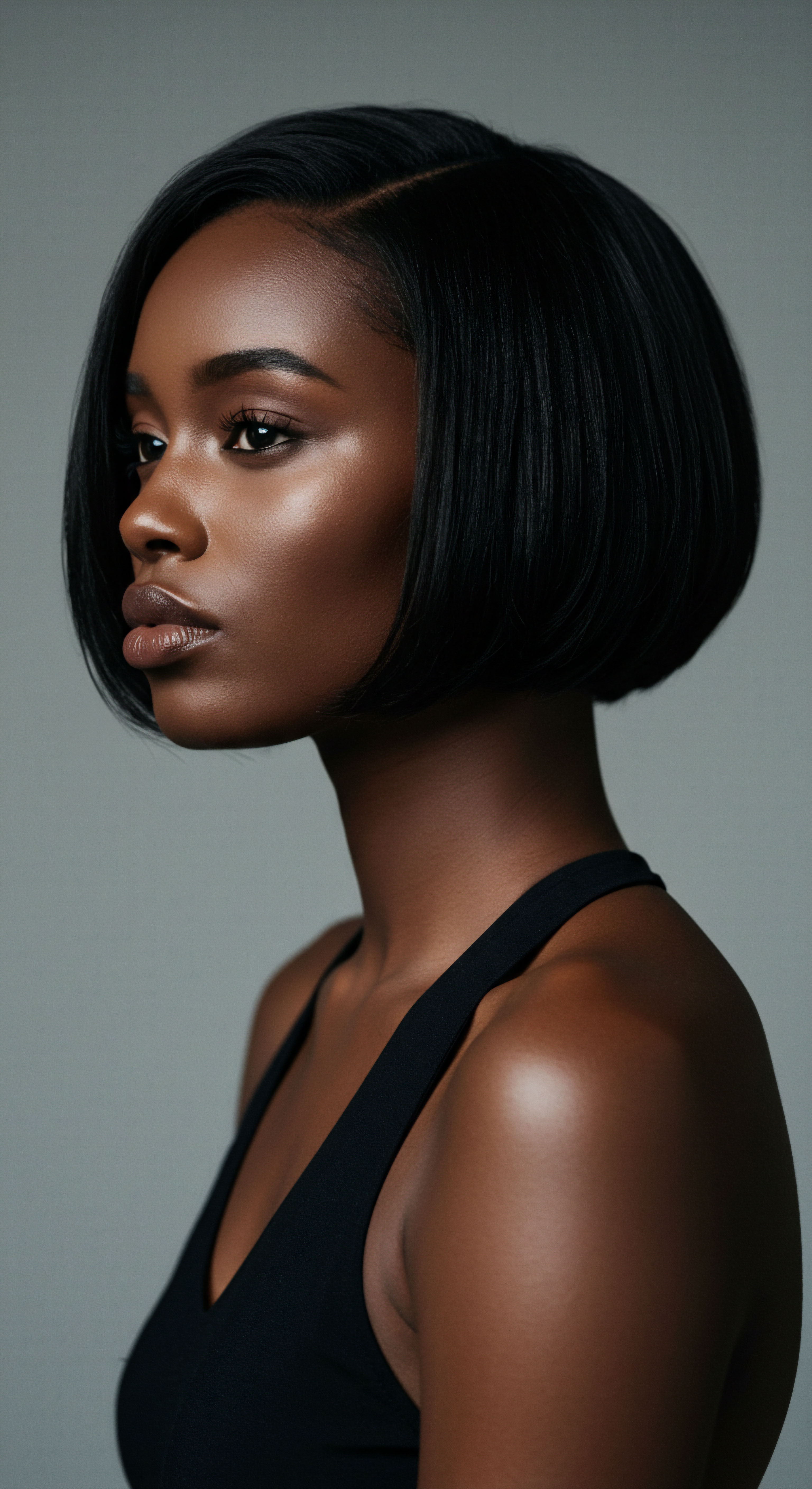
Protective Styling as Economic Driver
Protective styling, a cornerstone of textured hair care, involves styles that tuck away the hair ends, reducing manipulation and promoting length retention. This broad category includes styles such as Braids, Twists, Locs, and various forms of extensions. Each protective style necessitates specific products, tools, and often, professional services. The economic impact here is substantial, fueling segments of the beauty industry that cater directly to these needs.
- Braids ❉ The demand for braiding hair, whether synthetic or human, sustains a global market. Stylists specializing in braiding command fees that reflect the skill and time involved, creating numerous employment opportunities.
- Locs ❉ The natural hair movement has spurred a significant increase in loc cultivation, leading to a rise in specialized loc stylists and product lines designed for their maintenance. This niche market continues to grow, with businesses dedicated to loc care experiencing considerable success.
- Wigs and Hair Extensions ❉ These items represent a major portion of the Black hair care market, with Black consumers accounting for over 70% of total sales in the hair extension market. The purchase of wigs and extensions, along with the services for their installation and upkeep, contributes billions to the beauty economy annually. This segment also includes the manufacture and distribution of these products, often involving complex international supply chains.

The Business of Natural Styling
The natural hair movement has reshaped styling practices, emphasizing techniques that enhance the hair’s inherent curl pattern. This includes wash-and-go methods, twist-outs, and braid-outs, all requiring a specific suite of products. The economic shift here has been profound.
Sales of chemical relaxers saw a significant decline, for example, a 26.2% fall from 2010 to 2015. In their place, a new wave of products emerged ❉ curl creams, gels, custards, and specialized leave-in conditioners.
This shift has also created a vibrant ecosystem of natural hair content creators, educators, and entrepreneurs. Online tutorials and product reviews influence purchasing decisions, turning digital platforms into powerful marketplaces. The desire for healthy, defined curls has driven consumers to seek out ingredients lists and product efficacy, supporting brands that prioritize quality formulations for textured hair.
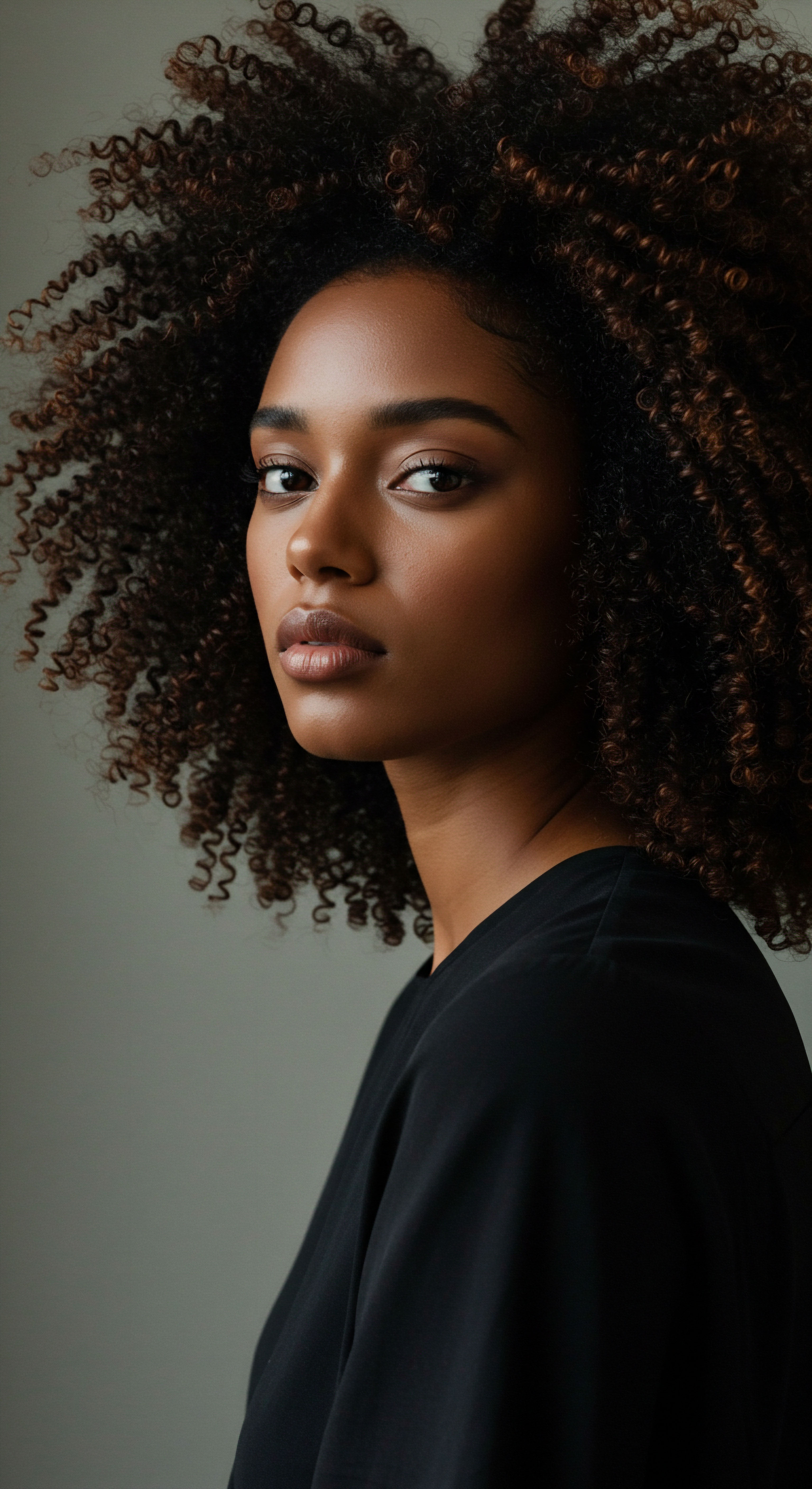
Thermal Styling and Safety Considerations
While the natural hair movement has gained prominence, thermal styling, using tools like flat irons and blow dryers, remains a prevalent practice for many. The pursuit of straightened styles, whether for versatility or professional presentation, involves its own set of economic considerations. The purchase of heat styling tools, heat protectants, and smoothing serums represents another segment of the market.
A crucial aspect here is the emphasis on safety. Over-reliance on high heat without proper protection can cause damage, leading to further spending on restorative treatments or professional interventions. This creates a cyclical economic pattern where styling choices can inadvertently drive additional product and service consumption. The conversation around heat styling has also brought attention to the historical pressures on Black individuals to conform to Eurocentric beauty standards, a pressure that has long influenced economic choices within hair care.
Hair care practices within Black communities represent a complex interplay of cultural heritage, personal choice, and significant economic investment.

The Tools of Transformation
Every hair care ritual, whether simple or elaborate, relies on a collection of tools. From wide-tooth combs and detangling brushes designed for textured hair to satin-lined caps and specialized hair steamers, each item represents a product category. The market for these tools has expanded considerably, with innovations continually appearing to address the specific challenges of textured hair.
This ranges from ergonomic designs for easier detangling to advanced materials that minimize friction and preserve moisture. The collective purchase of these tools contributes to a sizable segment of the beauty accessories market.
| Tool Category Detangling Combs and Brushes |
| Typical Use Gentle removal of knots, minimizing breakage |
| Economic Contribution Consistent product sales, innovation in design |
| Tool Category Hair Dryers with Diffusers |
| Typical Use Drying textured hair gently, preserving curl pattern |
| Economic Contribution Appliance sales, accessory market for attachments |
| Tool Category Satin or Silk Accessories |
| Typical Use Reducing friction, protecting hair overnight |
| Economic Contribution Specialized textile market, retail sales of bonnets, scarves, pillowcases |
| Tool Category Hair Steaming Devices |
| Typical Use Deep conditioning, opening cuticles for product absorption |
| Economic Contribution Appliance sales, home beauty device market |
| Tool Category These tools support various hair care routines, creating a steady demand for specialized products. |

Relay
The journey into the economic impact of hair care practices within Black communities reaches its deepest currents here, where cultural currents meet market realities. It is a story not just of dollars spent, but of influence exerted, challenges faced, and wealth created—or sometimes, redirected. The economic landscape surrounding Black hair is vibrant and complex, a testament to resilience and an ongoing conversation about equity.

What is the Overall Market Size of Black Hair Care?
The sheer financial power of Black consumers in the beauty sector is undeniable. The global Black hair care market is projected to reach approximately 4.9 billion dollars by 2033, growing from 3.2 billion dollars in 2023. Black consumers in the United States alone spend an estimated 473 million dollars annually on hair care products. This represents a significant portion of the overall beauty industry, with Black consumers consistently outpacing other demographics in spending.
Black women, for instance, spend approximately six times more on hair care than other ethnic groups, and some reports suggest they spend nine times more on ethnic hair products than non-Black consumers. This remarkable spending power fuels a substantial segment of the beauty industry, demonstrating a consumer base deeply invested in their hair care.
This financial commitment extends beyond products to services. African American women visit hair salons more frequently and spend more money on salon services, with 36% spending over 100 dollars per visit. This continuous engagement with professional stylists and barbers contributes significantly to local economies, creating jobs and supporting small businesses. The market’s growth is further propelled by rising awareness of tailored solutions and the ongoing natural hair movement, which has spurred demand for specialized products.
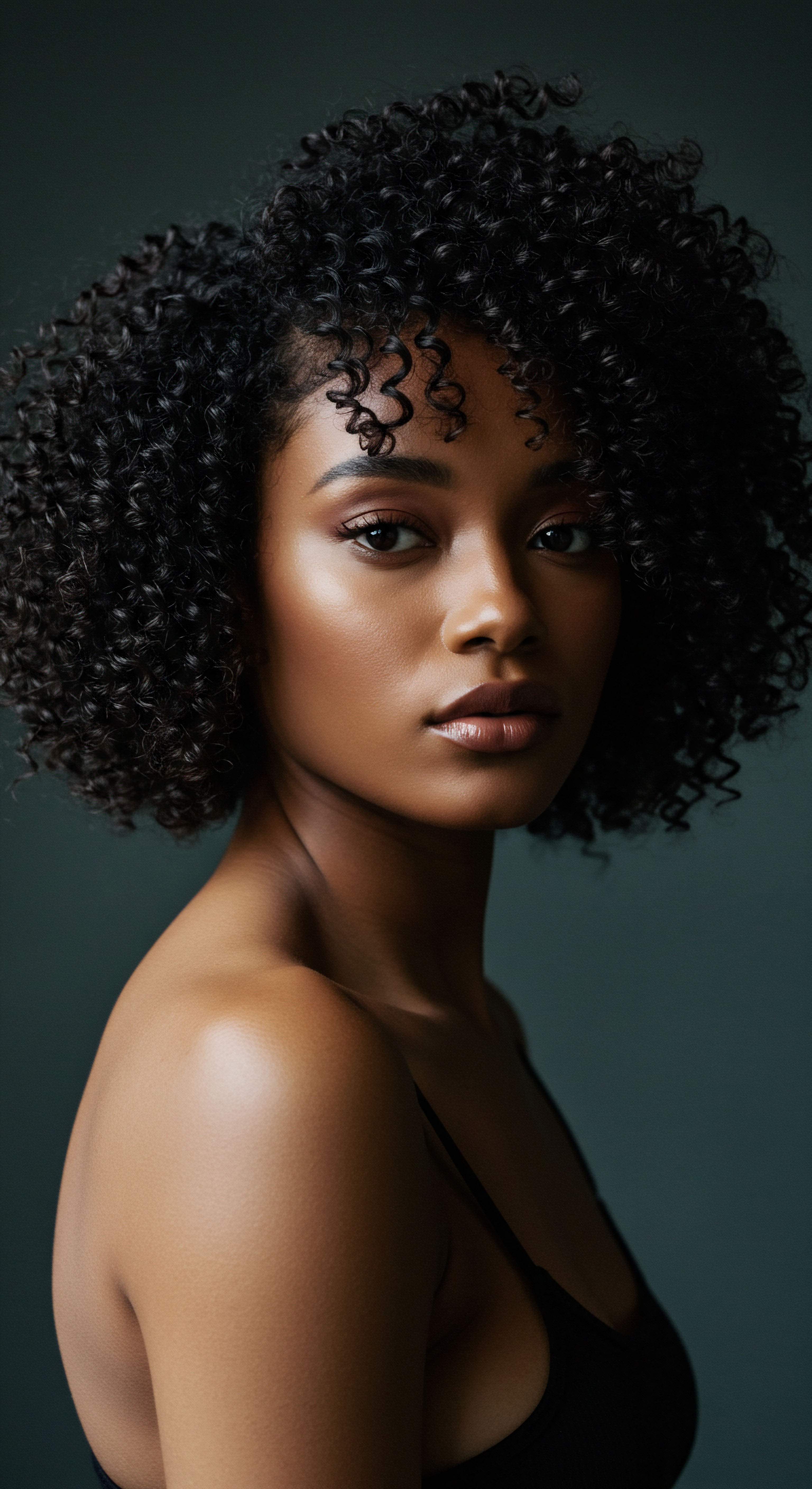
Does the Market Equitably Serve Black Consumers and Entrepreneurs?
Despite the immense spending power of Black consumers, a striking disparity exists in who benefits from this economic activity. Black consumers are responsible for 11.1% of total beauty spending, yet Black beauty brands capture only 2.5% of the revenue in the beauty industry. This imbalance highlights a significant economic gap, where the dollars spent by Black consumers do not proportionately return to Black-owned businesses. This phenomenon, sometimes referred to as a “texture tax” or “ethnic tax,” points to systemic issues within the industry.
Research confirms that products for coily and curly hair textures are often more expensive per ounce compared to those for straight hair. One study found coily/curly hair products to be 0.17 dollars per ounce more expensive than straight hair products.
This pricing discrepancy, combined with a historical lack of representation in product development and retail distribution, creates a challenging landscape for Black consumers and entrepreneurs. Black consumers are three times more likely to be dissatisfied with their options for hair care, skin care, and makeup than non-Black consumers. They also show a strong preference for Black beauty brands, trusting these products to work for them 2.2 times more often.
However, only 4% to 7% of beauty brands carried by major retailers are Black-owned. This limited shelf space restricts access for Black brands to a broader customer base, further contributing to the revenue disparity.
A significant portion of the wealth generated by Black consumer spending on hair care often circulates outside Black-owned businesses, highlighting an economic imbalance.
The journey of Black entrepreneurship in hair care is one of ingenuity born from necessity. Many Black-owned businesses started by addressing unmet needs in the mainstream market, often beginning as small, community-based ventures. The natural hair movement, for instance, catalyzed a rise in loc and dreadlock entrepreneurs, filling voids left by conventional beauty supply stores. However, Black brands in the beauty industry raise a median of 13 million dollars in venture capital, substantially less than the 20 million dollars raised by non-Black brands.
This funding gap hinders growth and scalability, despite Black-founded brands often demonstrating a significantly higher median revenue return. The attrition rate for Black brands from early to late-stage support is 86%, compared with 62% for non-Black brands, indicating systemic barriers to sustained growth.
Another aspect of this economic relay is the impact of corporate acquisitions. When successful Black-owned hair care brands are acquired by larger, often non-Black-owned, multinational corporations, it can cause mixed reactions within the community. While such acquisitions can provide capital and wider distribution, concerns often arise about formula changes, loss of authenticity, and whether the brand will continue to prioritize the unique needs of textured hair. This raises questions about wealth retention within the Black community and the cultural cost of such progress.
Consider the case of Mielle Organics, a Black-owned brand that gained immense popularity for its products catering to textured hair. After a viral social media endorsement by a non-Black influencer, the brand experienced a surge in demand from a wider audience. This led to a perception among some loyal Black consumers that the brand’s formulas were changing or that it was no longer solely focused on their specific needs, even after its acquisition by Procter & Gamble. This example highlights the delicate balance Black entrepreneurs navigate between expanding their reach and preserving the cultural integrity and community trust that fueled their initial success.
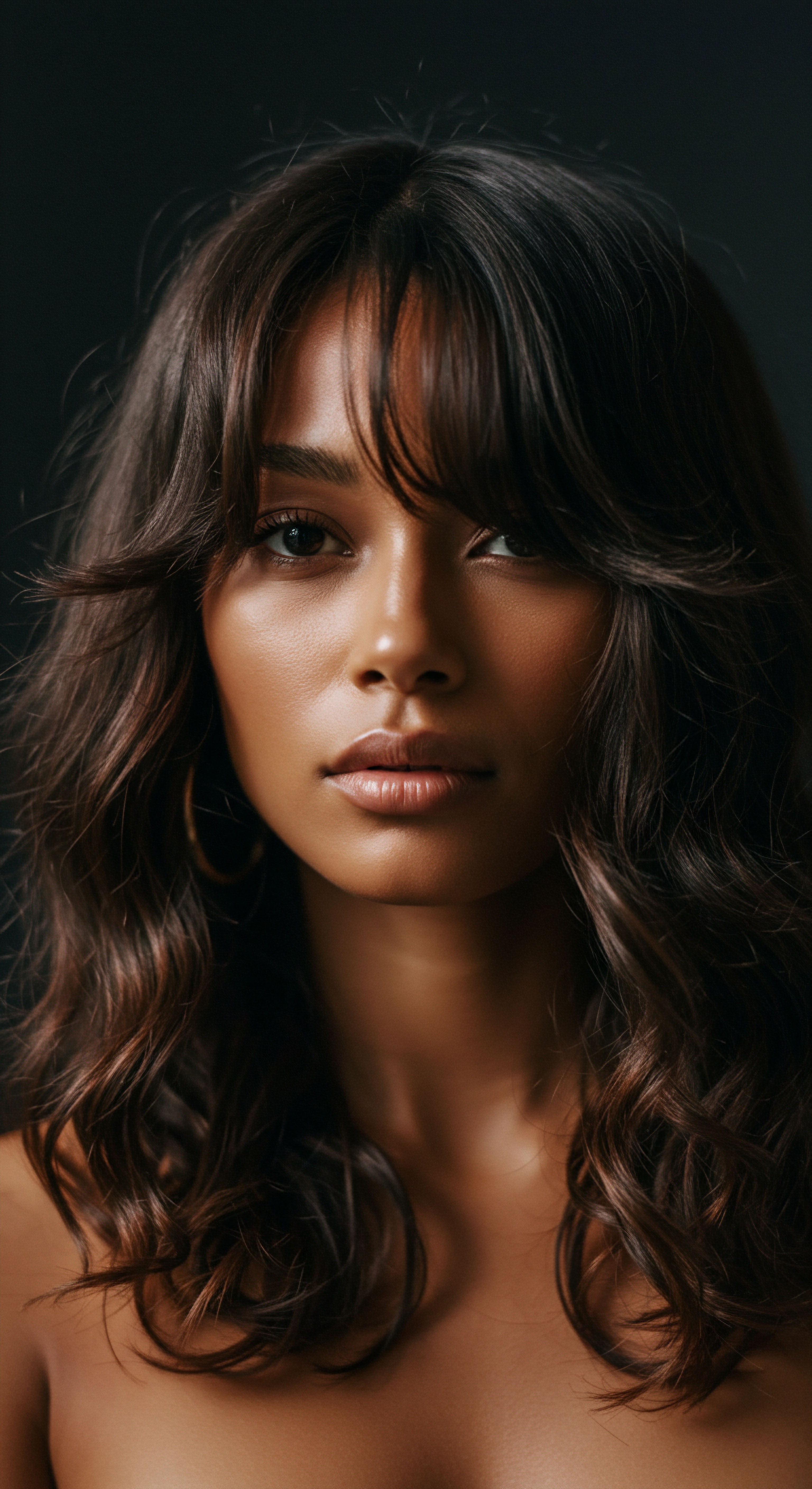
How do Societal Perceptions of Black Hair Affect Its Economic Landscape?
Societal perceptions of Black hair have long shaped its economic landscape, often imposing additional burdens. Historically, straightened hair was linked to economic opportunity and social advantage, creating a market for chemical relaxers and hot combs as tools for assimilation. This pressure continues to influence economic choices.
A 2020 study found that Black women with natural hairstyles are more likely to be perceived as less professional and less likely to gain employment compared to Black women with straightened hair. This bias can compel individuals to invest in styles or products perceived as more “acceptable” in professional settings, regardless of personal preference or hair health.
Beyond styling, the issue of product safety carries an economic toll. Black women are over-marketed and sold products that sometimes contain toxic chemicals, leading to potential health risks. Research has linked chemical hair straighteners to increased risks of breast and uterine cancer. This means that while consumers spend billions, they may also incur health-related costs due to exposure to harmful ingredients.
Studies have shown that stores in low-income and predominantly Black neighborhoods are more likely to sell hair care products containing potentially harmful chemicals compared to stores in more affluent communities. This highlights a systemic issue where economic vulnerability intersects with health disparities within the hair care market.
The economic impact extends to the supply chain of human hair extensions, a significant market where Black consumers are dominant buyers. The demand for “black gold” (Remy hair) can lead to unethical practices in hair collection in some low-income regions, where women may be exploited. This raises ethical questions about the true cost of some hair care practices, beyond the retail price, and the need for greater transparency in supply chains.
The CROWN Act, legislation prohibiting race-based hair discrimination in workplaces and schools, represents a significant step towards dismantling some of these economic barriers. By protecting the right to wear natural and protective styles, it reduces the pressure on Black individuals to spend money on hair alterations solely for professional acceptance. This legal shift could, over time, redirect consumer spending towards products and services that align more authentically with personal identity and hair health, fostering a more equitable economic environment.
- Consumer Spending ❉ Black consumers contribute billions annually to the hair care market, often spending disproportionately more than other groups.
- Entrepreneurial Challenges ❉ Black-owned brands face significant hurdles in funding and retail access, despite strong consumer loyalty and market potential.
- Systemic Disparities ❉ Issues like the “texture tax” and the presence of harmful chemicals in some products highlight inequities within the industry.
| Aspect of Impact Market Share vs. Revenue |
| Description Black consumers drive 11.1% of beauty spending, but Black brands capture only 2.5% of revenue. |
| Economic Implication Significant wealth leakage from the community; missed opportunities for Black entrepreneurs. |
| Aspect of Impact Texture Tax |
| Description Products for coily/curly hair often priced higher per ounce than straight hair products. |
| Economic Implication Increased financial burden on Black consumers for essential care. |
| Aspect of Impact Funding Disparity |
| Description Black beauty brands raise less venture capital compared to non-Black brands. |
| Economic Implication Limits growth, innovation, and scalability of Black-owned businesses. |
| Aspect of Impact Health Costs |
| Description Use of certain products linked to health risks, leading to potential medical expenses. |
| Economic Implication Hidden economic burden on consumers, public health implications. |
| Aspect of Impact The economic landscape of Black hair care reveals both substantial consumer power and persistent inequities. |
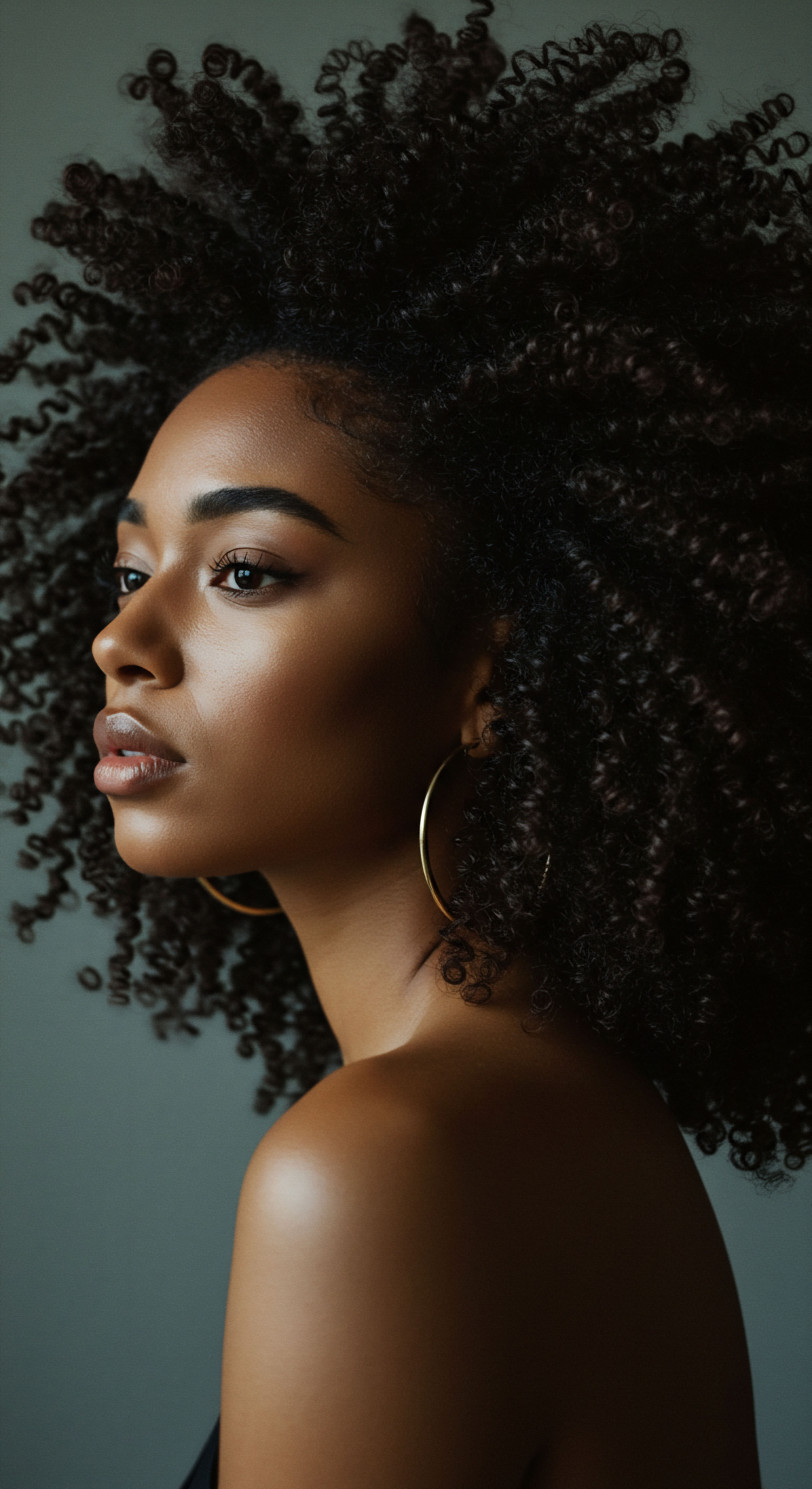
Reflection
The economic narrative of hair care within Black communities is a vibrant, deeply personal story of resilience, innovation, and ongoing change. It is a story told in the quiet moments of daily styling, the bustling energy of salons, and the bold statements of cultural reclamation. This intricate relationship between hair, identity, and commerce is not static; it evolves with societal shifts, consumer demands, and the persistent pursuit of equity.
The dollars spent on hair care represent not just purchases, but investments in self-expression, community well-being, and the legacy of a rich cultural heritage. As the conversation around textured hair continues to unfold, so too will its economic currents, shaping markets and empowering communities in profound ways.

References
- The Worldmetrics. Black Hair Care Market Size to Reach USD 4.6 Bn by 2032.
- McKinsey & Company. Black representation in the beauty industry. June 10, 2022.
- Bernard, J. et al. Minority hair tax ❉ pricing bias in haircare products. PMC – PubMed Central. 2022.
- Nielsen. Black Impact ❉ Consumer Categories Where African Americans Move Markets. 2017.
- Lebubè. No Shade ❉ Black Consumers Want More – 7 Stats That Show the Gap in the Beauty Industry. 2024.
- Mintel Store. US Black HairCare Market Report 2022 – Market Forecast.
- NIQ. Black consumer spending in the US Beauty category. January 30, 2024.
- GirlTalkHQ. New Survey Finds African American Women Spend 4x Times More On Hair Care Than Caucasian Women. April 12, 2023.
- BeautyMatter. Just the Numbers ❉ Black Beauty Consumers and Brands. June 19, 2022.
- Refuel Agency. African American Consumers Are Driving Change in These 3 Markets.
- Lebubè. Makeup for Black People ❉ Challenges & Progress for Equity. February 1, 2024.
- Refinery29. Are Black Hair Products More Expensive As Costs Rise? October 13, 2022.
- The Economics of the Natural Hair Movement ❉ The Rise of Loc/Dreadlocks Entrepreneur. June 20, 2023.
- Ashleigh Rosette. What Every Dermatologist Must Know About the History of Black Hair. November 30, 2023.
- Campaign for Safe Cosmetics. Black is Beautiful ❉ The Black Beauty Project. January 6, 2023.
- DG Speaks. Black Hair Industry – A 2.5 Billion Dollars Built on Racism and Self-Hate. August 12, 2020.
- Black Hair Care Market to Reach USD 4.9 Bn by 2033. November 8, 2024.
- ArcGIS StoryMaps. The Burden of Black Beauty. April 1, 2021.
- Duke’s Fuqua School of Business. Research Suggests Bias Against Natural Hair Limits Job Opportunities for Black Women. August 12, 2020.
- The Garfield Messenger. The Significance of Black Hair. February 28, 2022.
- JSTOR Daily. How Natural Black Hair at Work Became a Civil Rights Issue. July 3, 2019.
- Jobera. Black Hair Industry Statistics ❉ Facts and Trends. July 22, 2024.
- Pride Magazine. Who Dominates the World’s Black Hair Industry? August 10, 2018.
- The Bay State Banner. Study highlights harmful Black hair care products. October 11, 2023.
- University of Michigan. Black Women and Identity ❉ What’s Hair Got to Do With It?
- The Polis Project. Black Haircare Brands And Corporate Sell Out Culture. May 5, 2025.
- Wil Power Integrated Marketing. When We Rise, Do We Fall? Exploring the Cultural Cost of Black Business Acquisitions. September 24, 2024.
- MDPI. Afro-Ethnic Hairstyling Trends, Risks, and Recommendations. January 26, 2022.